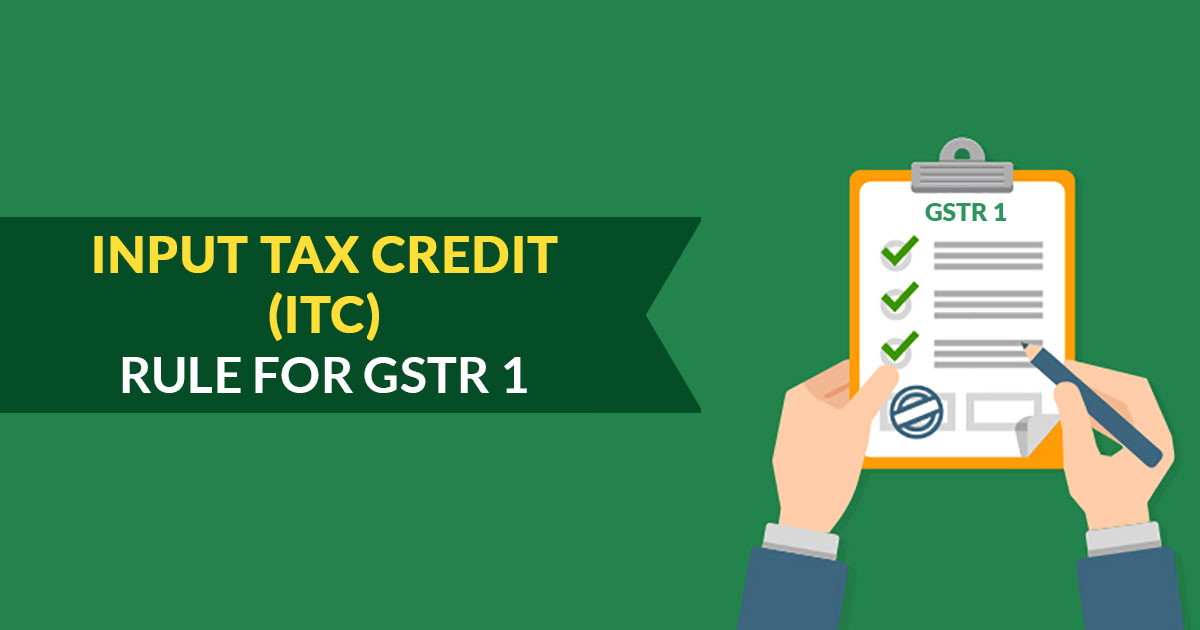
As per the latest notification, dated 26th December, 2019, released by the Central Government, a few amendments in the Central Goods and Services Tax Rules, 2017, have been proposed. According to the new rule, “20 per cent” ITC for non-invoice returns is now replaced with “10 per cent” ITC, effective from the 1st January, 2020. It means, from 1st January 2020, only 10% ITC shall be available to those taxpayers who fail to upload related invoices on the portal. Earlier this amount was capped at 20%.
Under GST surveillance GSTR 3B is the monthly compliance form that needs to be furnished by the taxpayer mentioning the details of the outgo of his goods or services which were released during the whole month along with paying the relevant amount of tax applicable on those transactions. The form contains a separate section for mentioning the Input Tax Credit which a dealer (taxpayer) claims on his purchase of inputs for that particular month.
38th GST Council Meeting Update
Only 10% ITC available if invoice not uploaded by the taxpayer on the portal from the earlier 20% (Read Press Release)
GSTR 1 is yet another compliance form required to be filed by the regular taxpayer seeking the details of the invoices issued by him under the purchaser’s GSTN number, the taxable amount and total invoice value. Mentioning such information in B2B invoices is mandatory as this will be computed while determining the Input Tax Credit 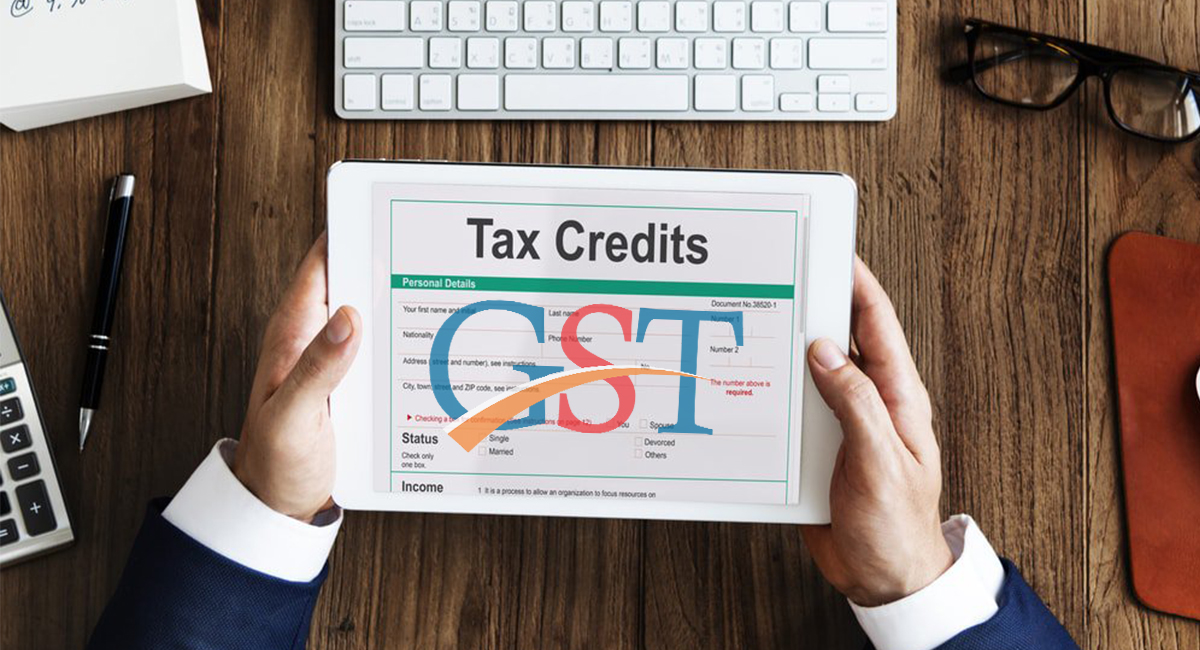
Parallel to this is another mechanism in which all B2B invoices get recorded in the GSTN system and automatically appear on the GSTR 2A of the purchaser. GSTR 2A form allows entries of purchases done by the recipient.
To be Noted: As per current laws, the cap of 10% (i.e. Credit reflected in GSTR 2A plus 10% 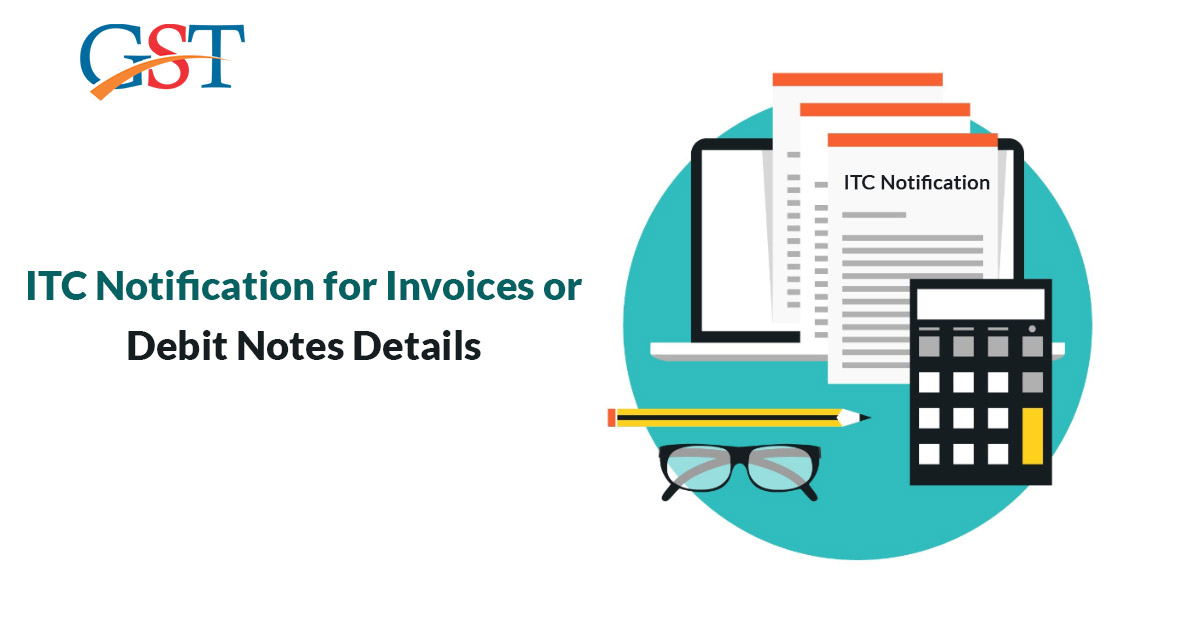
There are certain instances as follows:
- Purchaser cum taxpayer is honest in his tax dealings but the seller fails to upload the invoice for a month and is planning to upload it in the next month.
- Purchaser cum taxpayer is honest in his tax dealings but the seller uploads the invoice mentioning the incorrect GSTN, as a result, an incorrect credit is reflected in GSTR 2A

- Purchaser cum taxpayer is honest in his tax dealings but the seller deliberately skips to upload any of his invoices in GSTR 1.
- There are disputes between the seller and purchaser related to the information entered in the forms by any of the two parties on which the purchaser can claim ITC. Invoice claimed to be uploaded in GSTR 1 of the seller and are not reflected in the GSTR 2A of the buyer causes the case of collusion and fraud.
By looking at the above examples it is clear that the recipient has paid the valid tax on the goods he has purchased from the supplier. In the majority cases, the people falling under the last category are fraudsters who want to make some quick money. The amendment made through Rule 36 (4) of the Central Goods and Service Tax Rules 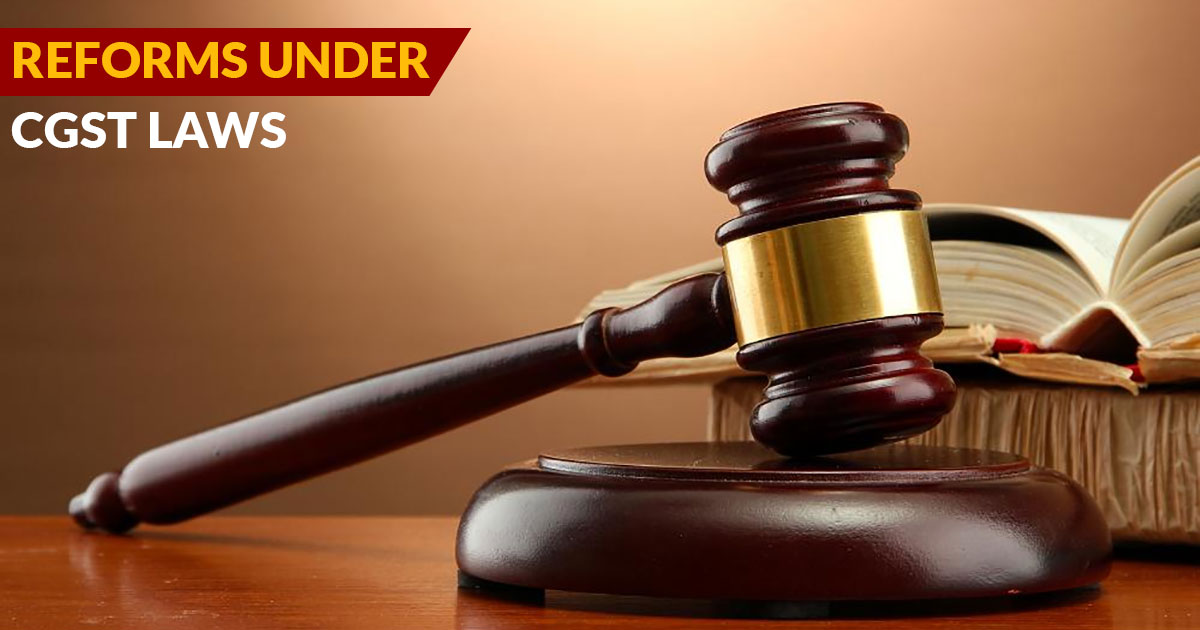
It is absolutely weird that according to a sub-rule (4) in Rule 36 which the legal administration penalises the genuine taxpayers who initiate to curb frauds committed by some fraudsters who against them. Now it is the duty of every taxpayer (Purchaser) to check on a frequent basis that his purchases are entered by his supplier correctly in the GSTR 1 form filed by him so that the same is visible in his GSTR 2A.
Moreover, the government is in action to bring in the limelight such fraudulent transactions on the basis of which some fraudsters claim the wrong availment of ITC.
Adding on to this government has made provisions to ensure that the honest purchasers get the right ITC which they deserve.
- A solid mechanism in GST forms
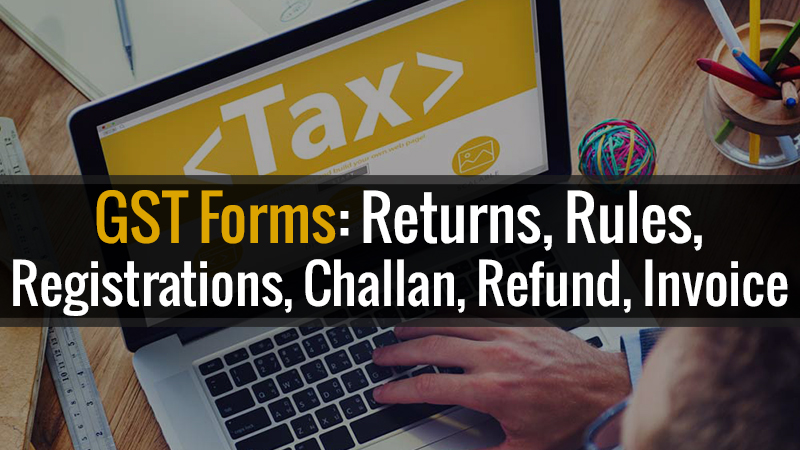
- If a mismatch in the details entered by the honest purchaser and the seller is spotted then the notice is sent to the seller demanding the payment of the correct amount and interest charges on the unpaid tax and sales undeclared.
- In the notice, the seller is either asked to pay the tax and interest charged or give his justification which will ultimately give a buzzer that whether the details by the purchaser are correct or the justification by the seller is genuine.
- Tax will be paid only after filing GSTR 1 and GSTR 3B with this one can make sure that the suppliers have uploaded correct invoices by the due date of the respective return so that GSTR 2A of the purchaser gets populated with the input tax credits at the earliest.
FAQs on Availment of Input Tax Credit by the Taxpayer
Q.1 – For which invoices/debit notes restrictions under rule 36(4) of CGST shall apply?
Restrictions under section 36(4) of ITC is applicable to invoices/debit notes on which the credits are availed after 09/10/2019. Restrictions on claiming ITC is imposed related to invoices/debit notes, the details of which have not been uploaded by the supplier under sub-section (1) of section 37. Once the details are inserted by the supplier, the taxpayer can avail full ITC on IGST paid by him
Q.2 – The restrictions on claiming ITC are calculated supplier wise or on a consolidated basis?
Restrictions on availed ITC is not computed supplier wise. Under section 36(4) of ITC, the total payable credit is calculated by the tax officials based on the invoices eligible for credit. For invoices on which ITC cannot be claimed will be detached while calculating ITC
Q.3 – What is section 36(4)?
As per the provision under the CGST Act, there are restrictions on the availment of ITC related to invoices or debit notes for which there is no entry by the supplier in his Form GSTR 1
Q.4 – What is GSTR 1 and GSTR 2A?
Form GSTR 1 is filed (monthly or quarterly) by the seller putting in details of all his supplies along with the invoices/debit notes of supply to confirm the details. GSTR 2A is the form for the purchaser in which the details are auto uploaded as the supplier fills in his GSTR 1. Based on the information in GSTR 2A of the purchaser, ITC is availed by him
Q.5 – Can ITC be availed by the taxpayer (the purchaser) for which the invoices or debit notes are not uploaded by the supplier? If yes, how much?
ITC claimed by the taxpayer on invoices that are still not uploaded by the supplier should not go beyond 10% of the total ITC applicable on invoices uploaded by the supplier under section 37(1). The same will be confirmed by the auto-populated Form GSTR 2A of the taxpayer (purchaser). The supplier must file GSTR 1 on or before the due date
Q.6 – Is it possible for a registered taxpayer to avail ITC on Form GSTR 3B for the invoices which are not yet uploaded by the supplier in Form GSTR 2A?
Yes, but ITC claimed by the taxpayer on invoices that are still not uploaded by the supplier should not go beyond 10% of the total ITC applicable on invoices uploaded by the supplier under section 37(1)
Let’s take up an instance, where taxpayer A is eligible for ITC on 100 invoices i.e. Rs 10 Lakhs for October month which he has to mention under ITC section in Form GSTR 3B for October:
- Case: – Details of supplier’s invoices in GSTR 1 – 80 invoices involving ITC of Rs. 6 Lakhs:
- 10% eligible credit on missing invoices – Rs. 60,000 (10% of 6 Lakhs)
- Total payable ITC – Rs. 6 Lakhs (for 80 invoices) + Rs. 60,000 (for missing invoices) = Rs. 6,60,000 (to be claimed by the taxpayer)
- Case: – Details of supplier’s invoices in GSTR 1 – 80 invoices involving ITC of INR. 7 Lakhs:
- 10% eligible credit on missing invoices – INR. 70,000 (10% of 7 Lakhs)
- Total payable ITC – Rs. 7 Lakhs (for 80 invoices) + INR. 70,000 (for missing invoices) = Rs. 7,70,000 (to be claimed by the taxpayer)
- Case: -Details of supplier’s invoices in GSTR 1 – 75 invoices involving ITC of Rs. 8.5 Lakhs:
- 10% eligible credit on missing invoices – INR. 85,000 (10% of 8.5 Lakhs)
- Total payable ITC – Rs. 8.5 Lakhs (for 75 invoices) + INR. 85,000 (for missing invoices) = Rs. 9,35,000 (to be claimed by the taxpayer)
To be noted: In case 3, the eligible amount of ITC is deducted ensuring that the total payable amount does not cross the eligible ITC amount i.e. 10 Lakhs
Q.7 – When can one avail the ITC on the pending invoices to be uploaded by the supplier?
Taxpayers can get the credit on balance invoices added up to the succeeding month once the supplier uploads all the invoices (balance + new invoices). He can claim ITC based on the calculations of balance + current invoices uploaded by the supplier